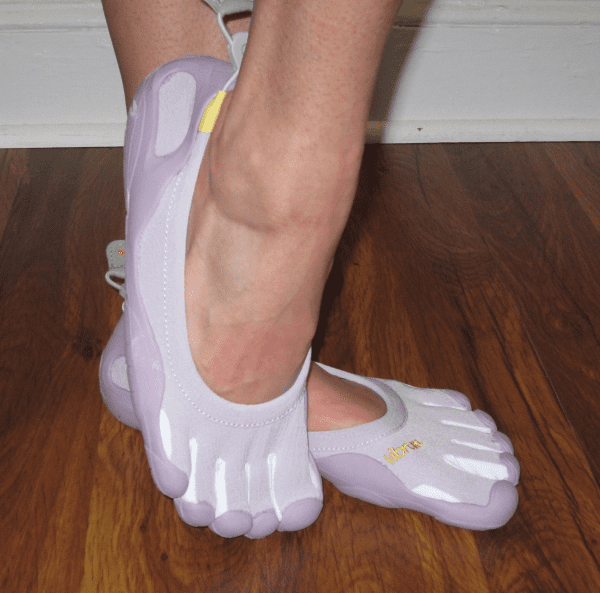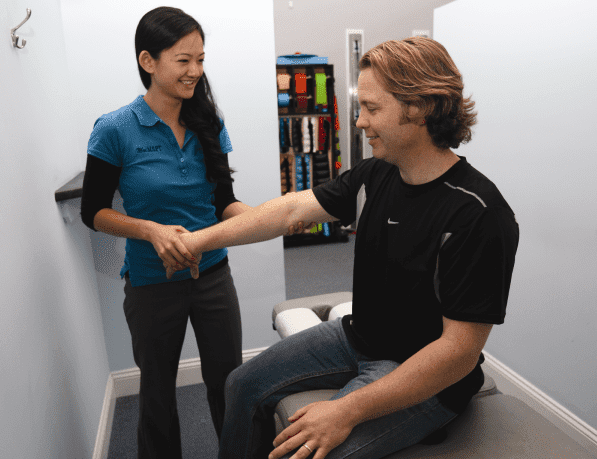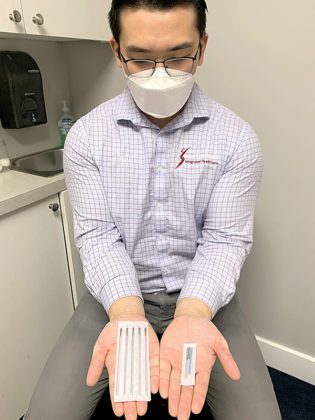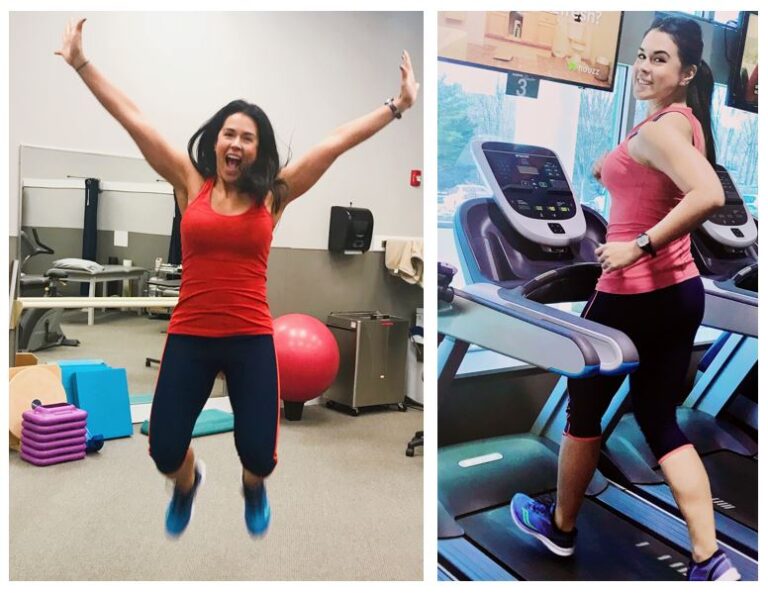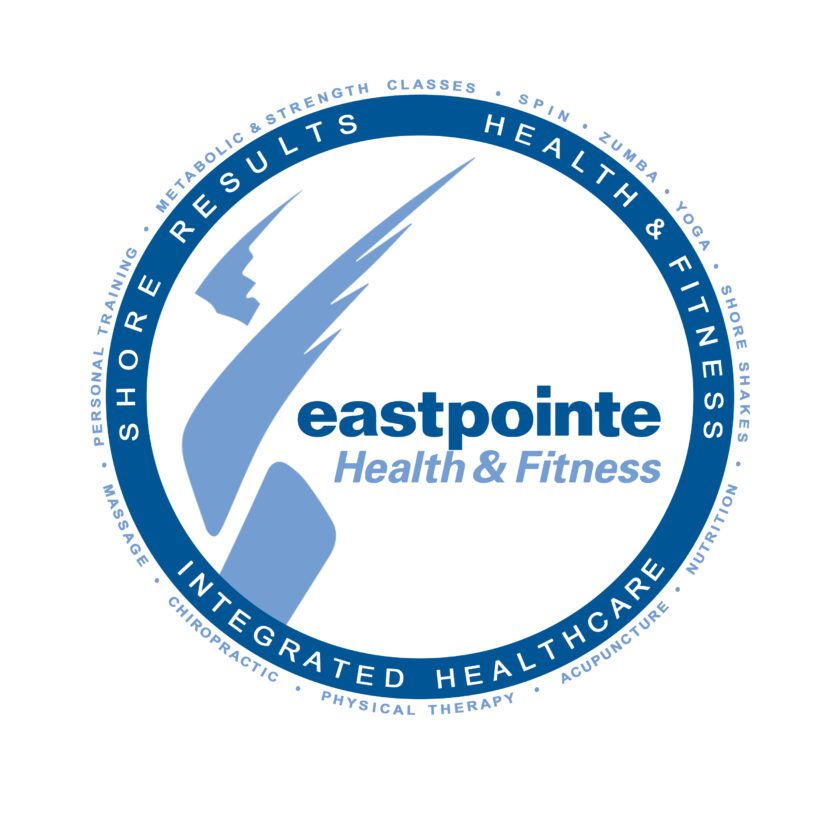By Mai Vu, Physcial Therapist
There’s a new trend in running that can be referred to as the Barefoot Running Movement. Have you seen people running around in those funny looking toe shoes yet? Chances are you have already. If you haven’t, keep your eye out because you’re bound to see them eventually.
In Physical Therapy education, we learn a lot about gait patterns, which includes both running and walking. We also learn a lot about footwear and orthotics (actually they’re technically called orthosis). There are a lot of different types of running shoes out there, especially motion control shoes and anti-pronation shoes. Up until a couple of years ago, the focus has been on these types of shoes.
When I first learned about barefoot running, it was a completely new concept to me. I’ll have to admit that I’ve been intrigued by the whole idea ever since I first laid my eyes on a pair of Vibram Five Fingers – I had to have a pair for myself! As the owner of a spiffy pair of pink Five Fingers, I had to start researching information on this topic. In this blog, I’ll share with you some of the interesting things that I’ve learned about “barefoot running”.
In order to run barefoot properly, your running pattern must change. Traditionally, the heel cushion in running shoes encourages you to hit the ground with your heel first (heel strike). However, people that hit the ground with the heel first tend to have higher rates of injuries such as stress fractures, patellofemoral pain syndrome (anterior knee pain), plantar fascitis, shin splints, hip pain, and back pain. In barefoot running, the ball of the foot hits the ground first. This allows the large muscles of the calf to absorb impact forces (such as ground reaction force). With barefoot running, the knee is also bent more at initial impact when compared to traditional running. This allows the hamstrings and quads (quadriceps femoris) to contract without compressing the knee joint as much as with traditional running. The results – step frequency increases, but believe it or not, it is more efficient since oxygen consumption decreases when using a barefoot running technique.
Transitioning to Barefoot Running
We’ve all spent years in supportive footwear and when your body gets too much extra support, it tends to get weak. We’ve already recognized this concept with many other treatments. We no longer recommend weeks or days of bed rest because the whole body weakens. We sparingly recommend using back braces because the back and trunk muscles weaken when back braces are used in excess. Although this may not be as universally accepted yet, the same logic may be applied to supportive footwear. The majority of the population has already developed very weak feet and ankles. Therefore the transition to barefoot running has to be slow, deliberate, and planned. It is best to seek professional help when transitioning to barefoot running. Physical Therapy can first address the muscles that have become weak over the years. Strengthening these problem areas is important to help decrease the risk of injury when transitioning to a new running style. It is also advisable to change your running technique first before attempting to change your footwear.

